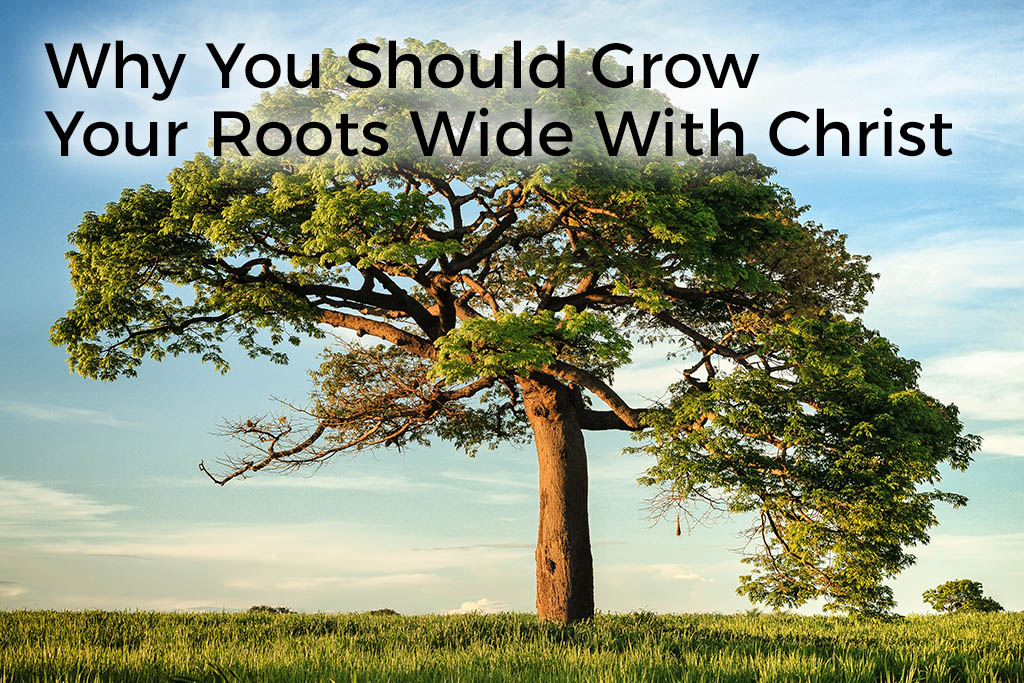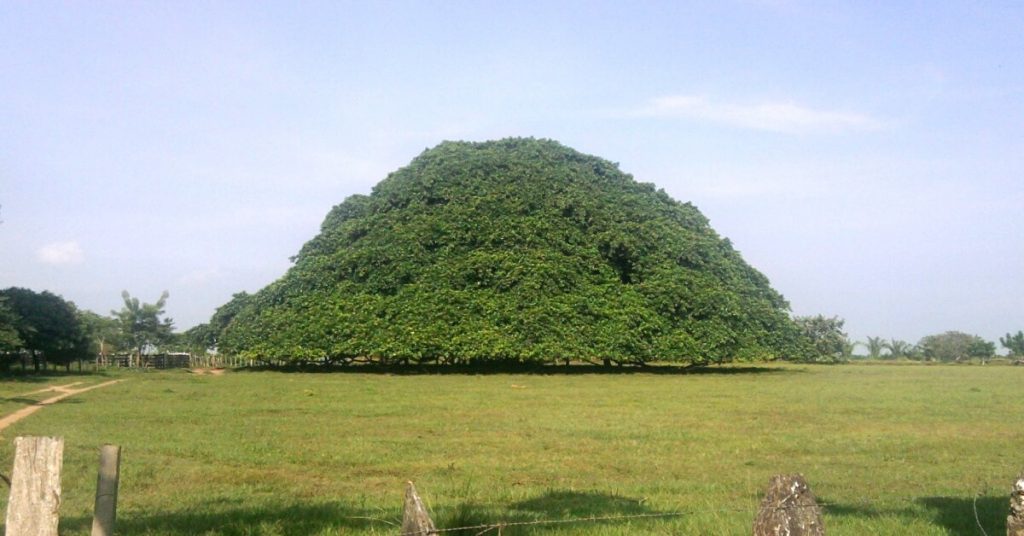
“Blessed is the man who trusts in the Lord, whose trust is the Lord. He is like a tree planted by water, that sends out its roots by the stream, and does not fear when heat comes, for its leaves remain green, and is not anxious in the year of drought, for it does not cease to bear fruit.” – Jeremiah 17:7-8 [ESV]
Agricultural analogies are often given in the Bible because they work well at explaining spiritual concepts in a simple, straightforward way.
Jesus talked about the Word of God being planted in the “soil” of people’s hearts in the Parable of the Sower in Mark 4:3-20 (refer also to Matthew 13:1–23 and Luke 8:4–15). The rain falls on both the righteous and the unrighteous, calling attention to a relatable example of God’s common grace for everyone on earth. Jesus makes reference to the harvest of souls in Mark 4:26-29. And in John 15:1-5, believers are grafted as “branches” into Jesus, who is the True Vine, as God the father is the Vinedresser/Gardener, and we can only be fruitful when we abide in Christ.
In this post, we’ll take a quick glance at how we can be compared to a tree and how our “roots” in which we are planted can affect how we grow and thrive.
The Common Misconception About Tree Roots
Most individuals have the idea in their head that tree roots grow pretty deep, almost in an equal-sided triangle shape, with a pointy end of the triangle sticking downward in the ground, and with the roots reaching out as wide as the tree branches. In actuality, tree roots rarely dive below two meters into the earth, but extend horizontally in the ground far beyond the distance of the branches.
Studies have discovered that the ratio of a tree’s root radius to trunk diameter (at breast height) is about 38 to one, meaning that the root width for a fully-grown tree can spread out four to seven times the height of the tree!
This means that roots must cover quite a bit more area, using more of the top layers of soil to achieve maximum growth and development of the tree.
The more roots you have, the more rich soil you depend upon
Borrowing from the Parable of the Sower, as referenced above, we need lots of good, fertile soil in our hearts to receive and accept God’s Word, thereby boosting its fruitfulness (Mark 4:20). Passages like Jeremiah 17:7-8 and Psalm 1:3 stress the importance of being “planted” by streams of water. This “water” is the “living waters” of Jesus Christ (John 4:13-15) and the Law/Word of God, on which we should meditate day and night (Psalm 1:2). Make sure your roots get fed on a constant stream of Scripture daily to sustain you.
Your roots will be wide for maximum stability and coverage
We learned earlier that roots run horizontally broad, not necessarily deep. The wider we are able to afford our roots to grow, the larger our branch coverage above ground will be. Therefore…
God can grow more fruit from more branches
Logically, the more branches we have, the larger the Spirit’s fruit output will be. The reason we are to be fruitful is not for our own purposes. Instead, being fruitful as a Christian serves three aims. One, it displays evidence that we are genuinely in Christ, for apart from Him, we can do nothing (John 15:5). Two, we bear fruit through the Holy Spirit for the glory of God (John 15:8). And reason number three is…
Provide “shade” and help to others
If you survey the nine fruit of the Spirit listed in Galatians 5:22-23, you’ll see that several of them require a “receiver,” or another person, to benefit from them. Holy Spirit-produced fruit is never selfish and is always there for someone else relationally to enjoy them. God has created us to be children in community with one another, and actioning love and other fruits are the way in which we communicate.
If our “trees” have lengthy roots, then massive branches will follow suit, and through these branches, we can show Christ-like love and positive encouragement to one another. The shade from our branches will help shelter our brothers and sisters from the harsh elements of life, similar to how full tree limbs can block rain and scoring sun.

Samanea saman trees, AKA “rain trees,” can be found in Central and South America, Hawaii, and some parts of Southeast Asia. These behemoths are among the hugest (width-wise, that is) trees found anywhere on the surface of the earth, with probably the most prominent example being what is named “The Tree of Guacari” of Columbia, with the outward branches spanning 135 ft in diameter at the bottom!
Imagine if we were so faithful to God that He made us to be a “Guacari Tree,” and we should offer shelter and support to all who needed it.

0 Comments